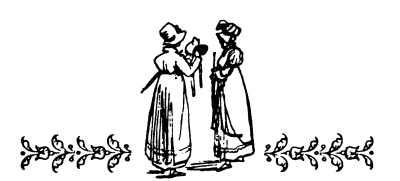
Wintoncester, as the Wessex novelist Thomas Hardy called it, is a Hampshire gem of many facets.
Jane Austen, of course, was carriage driven there from Chawton in a southerly direction. Our Austin car (why rent any other?) took us northeast. Driving through the New Forest, one of the “wild” ponies trotted right up to our car for a tid-bit; this route to the city is a delightful approach. In our case, however, rain was soon falling in torrents.
Registering at the ancient hostelry of Winchester’s “Manor of God-begot” one forgets the weather – especially after supplying the meter with a coin and warming up one’s room.
Jane must have known this ancient building; its history goes back to before Edward the Confessor’s time. Today, while enjoying an excellent meal in the high-timbered Tudor restaurant one ponders Winchester’s historic past.
Admirers of Jane Austen may be eager to stroll around the modern town as we did. The sun was out! Number 8, College Street, with its famous bow window, must not be missed. Although not open to the public, a plaque signifying that Jane Austen lived here is seen directly over the front door. I have just learned that the house now belongs to Winchester College and is used as staff housing for a College Master and his family. One entrance to the College may be seen to the left of the house; the main gateway is some fifty yards further on.
How sorry I am to have missed the City Museum where items which belonged to Jane Austen are on permanent display. In this collection, the Museum’s Mrs. Brisbane points out, there are two small beadwork purses, an ivory spool case with the initials J. A. on its top, and a manuscript poem – all of which were in Jane’s possession. The four-stanza poem, dated February 7, 1811, is written on torn scrap paper and has the unlikely title of “I’ve a Pain in My Head”, taken from the first line.
A day easily could be spent in Winchester Cathedral. Many of us were not brought up to attend churches embellished with bronze figures of British kings, fine oak carvings, or reredos picturing ancient and modern worthies. Nor are we used to floors of XII century tiling (trod here by pilgrims to St. Swithin’s shrine), Norman dog-tooth arches, nor ninety-nine bosses in the church roof.
Above all, on the north wall of the nave we find a memorial brass tablet reading as follows:
JANE AUSTEN
known to many by her writings,
endeared to her family
by the varied charms of her Character
and ennobled by Christian faith and piety,
was born at Steventon in the County of Hants.
Dec. xvi mdcclxxv,
and buried in this Cathedral
July xxiv mdccxvii
“She opened her mouth with wisdom
and in her tongue is the law of
kindness.”
Prov. xxxi. v. xxvi
Over the tablet is a memorial window bidding us, in Latin, to remember in the Lord, Jane Austen, who died on July 18, 1817. It was erected in 1900 by public subscription and was designed by C. E. Kempe. Rather than try to describe details of this beautiful window, I would like to close by quoting the inscription on her tomb below.
In Memory of
JANE AUSTEN
youngest daughter of the late
Rev. GEORGE AUSTEN
formerly Rector of Steventon in this county
she departed this Life on the 18th of July, 1817,
aged 41, after a long illness supported with
the patience and the hopes of a Christian.
The benevolence of her heart,
the sweetness of her temper, and
the extraordinary endowments of her mind
obtained the regard of all who knew her, and
the warmest love of her intimate connections.
Their grief is in proportion to their affection
They know their loss to be irreparable
but in their deepest affliction they are consoled
by a firm though humble hope that her charity,
devotion, faith and purity have rendered
her soul acceptable in the sight of her
REDEEMER
The poet Keats, like Jane Austen, travelled to Winchester for his health. Shall we not agree with him when he wrote “ … it is the pleasantest town I ever was in, and has the most recommendations of any.”

